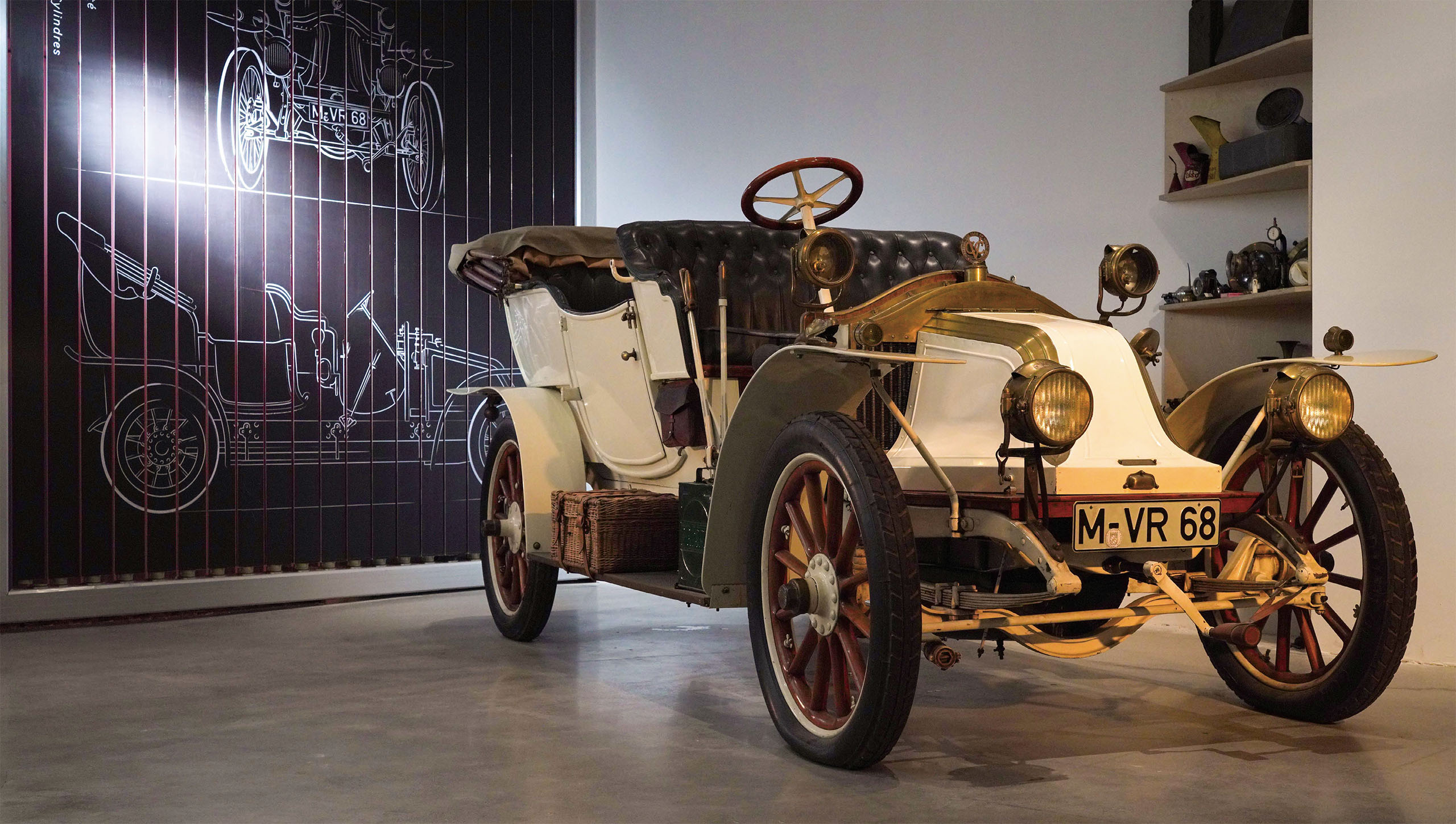KUKU
Not just a design campus

HZReindl Design Museum
The HZReindl Design Museum, founded by the renowned designer Mr. Xiong Hao, features a collection acquired from Mr. Volker Reindl, a prominent German collector. The collection primarily consists of over a thousand European classic industrial design products spanning from the 15th-century Renaissance period to the 1940s. It includes vintage cars such as the 1913 De Dion Bouton DX by French automaker De Dion Bouton and luxury cars produced by Renault in 1909. Additionally, the museum houses a diverse array of products from different eras, including photographic equipment, audio devices, communication tools, film and television artifacts, clocks, and watches. The majority of these items are one-of-a-kind and rare, often used in numerous Hollywood film productions.
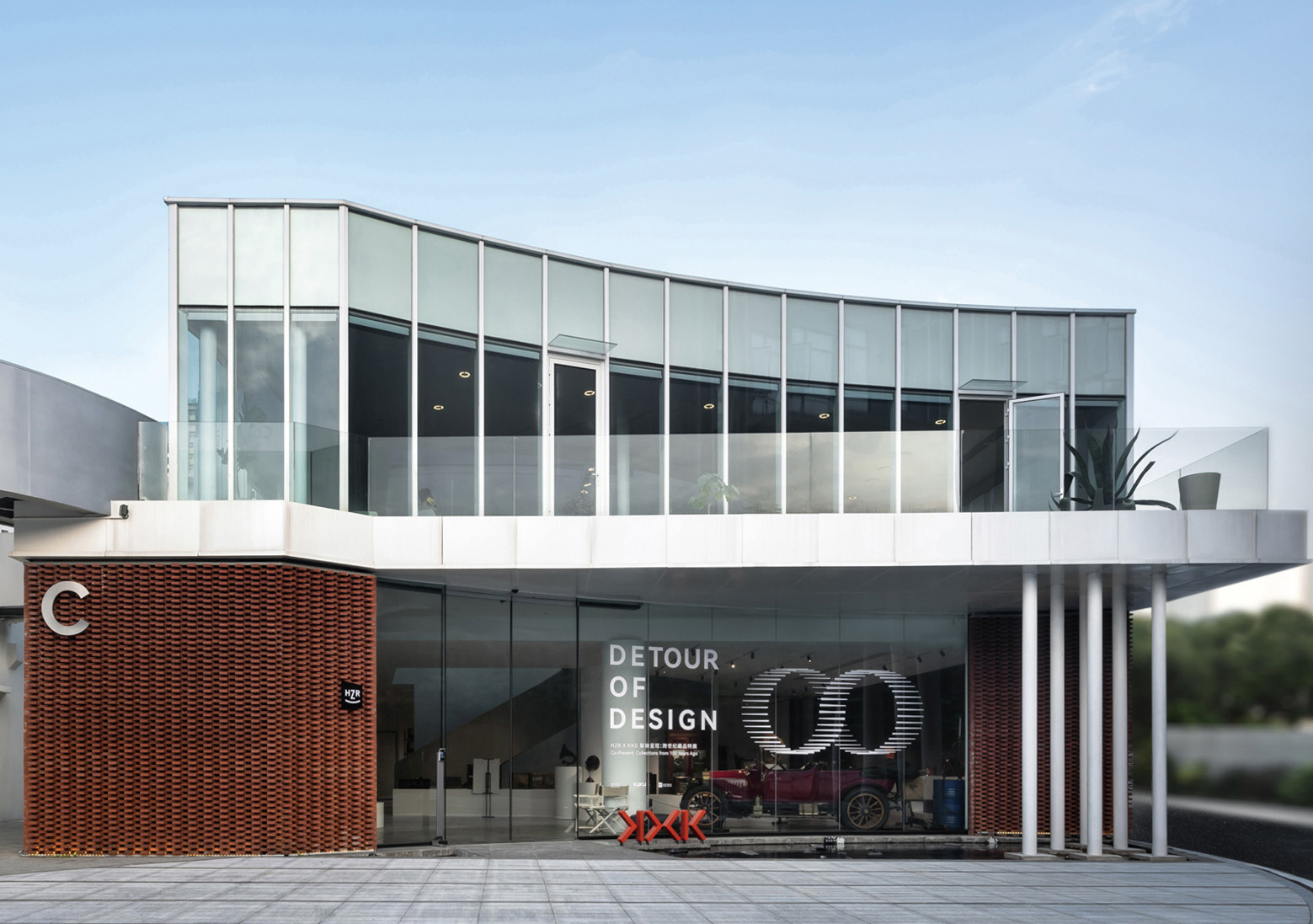
Volker Reindl is a renowned German collector of modern antique appliances, born in 1943. His collecting journey began in 1961, and with substantial financial resources and a deep passion for European antiques, he has amassed thousands of classic European industrial design pieces from the Renaissance of the 15th century to the 1940s. Over the past 57 years, this valuable collection has been housed in his private museum in Neuried, and many items have been featured in numerous Hollywood film productions. His collection serves as a living history of European modern industrial design.
Mr. Reindl is also frequently invited to give speeches at museums, art forums, and other public venues. His witty and humorous speaking style has made him a popular figure in Germany, known as a distinguished collector, speaker, and exhibition curator.
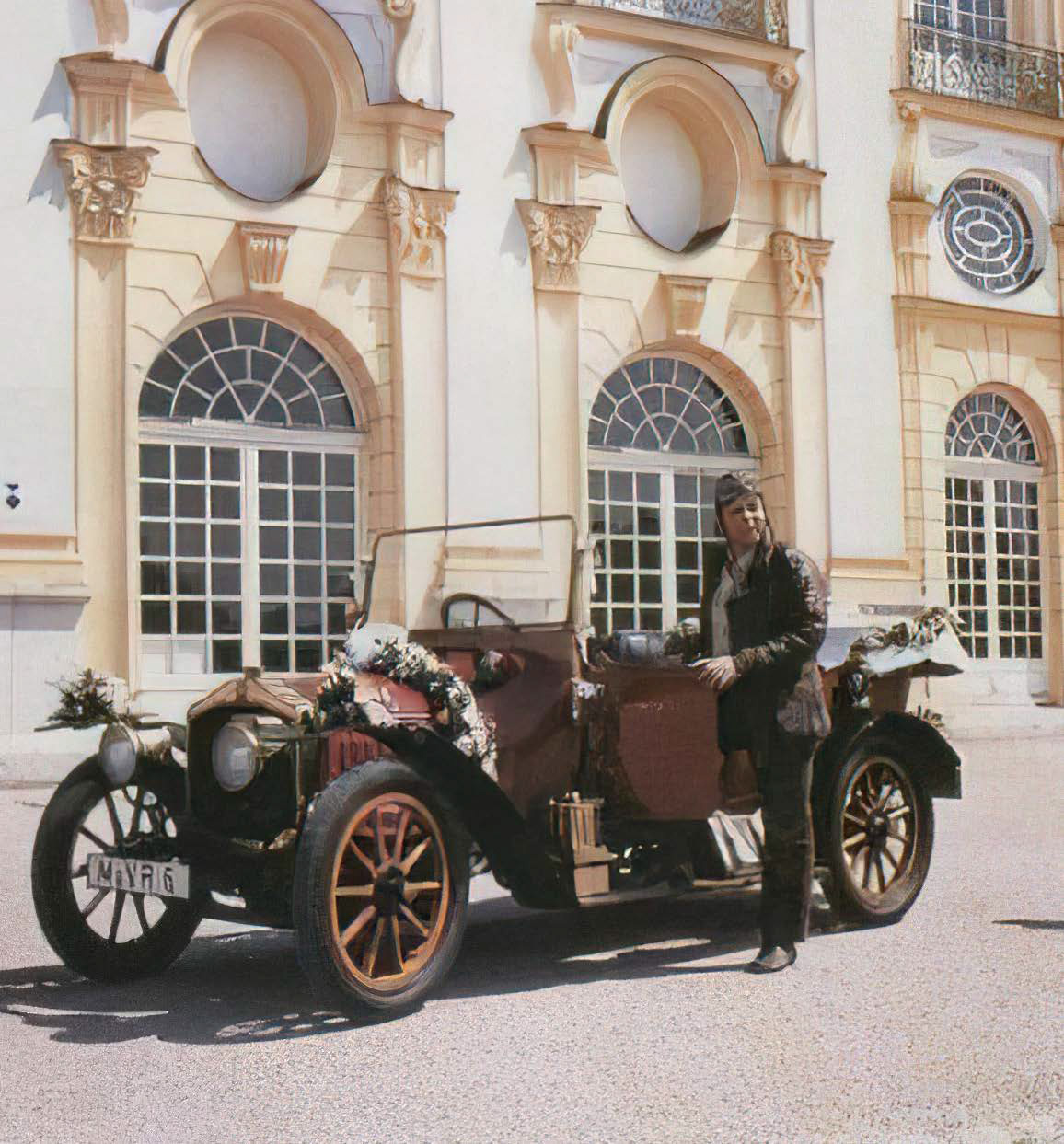
The Significance of the Collection
The HZReindl Design Museum's collection traces the evolution of industrial design through five pivotal eras: the Craft Era of the 1890s, the Industrialization Era, the Image Era, the groundbreaking Braun Design era, and Apple products inspired by Braun. Each category marks a critical phase in the development of modern industrial design.
Regarding Product Definition, antiques serve as significant inspiration. First, antiques share fundamental technical principles at the core level. Demonstrating these foundational principles to clients is crucial, especially for major brands, which have a responsibility to articulate these principle-level concepts in their vertical fields. This establishes their industry authority. We emphasize to clients that within their product domain, they should create a horizontal, principle-level framework connecting all products. This principle-based concept acts as both a technical moat and a brand-historical moat, making it easier to articulate the narrative behind product definitions. Second, antiques represent a unique barrier. Competitors cannot easily overcome this because few designers have seen antiques, even fewer own them, and virtually no one interacts with a vast collection of antiques daily. This rarity creates a distinct advantage in both design thinking and market differentiation.
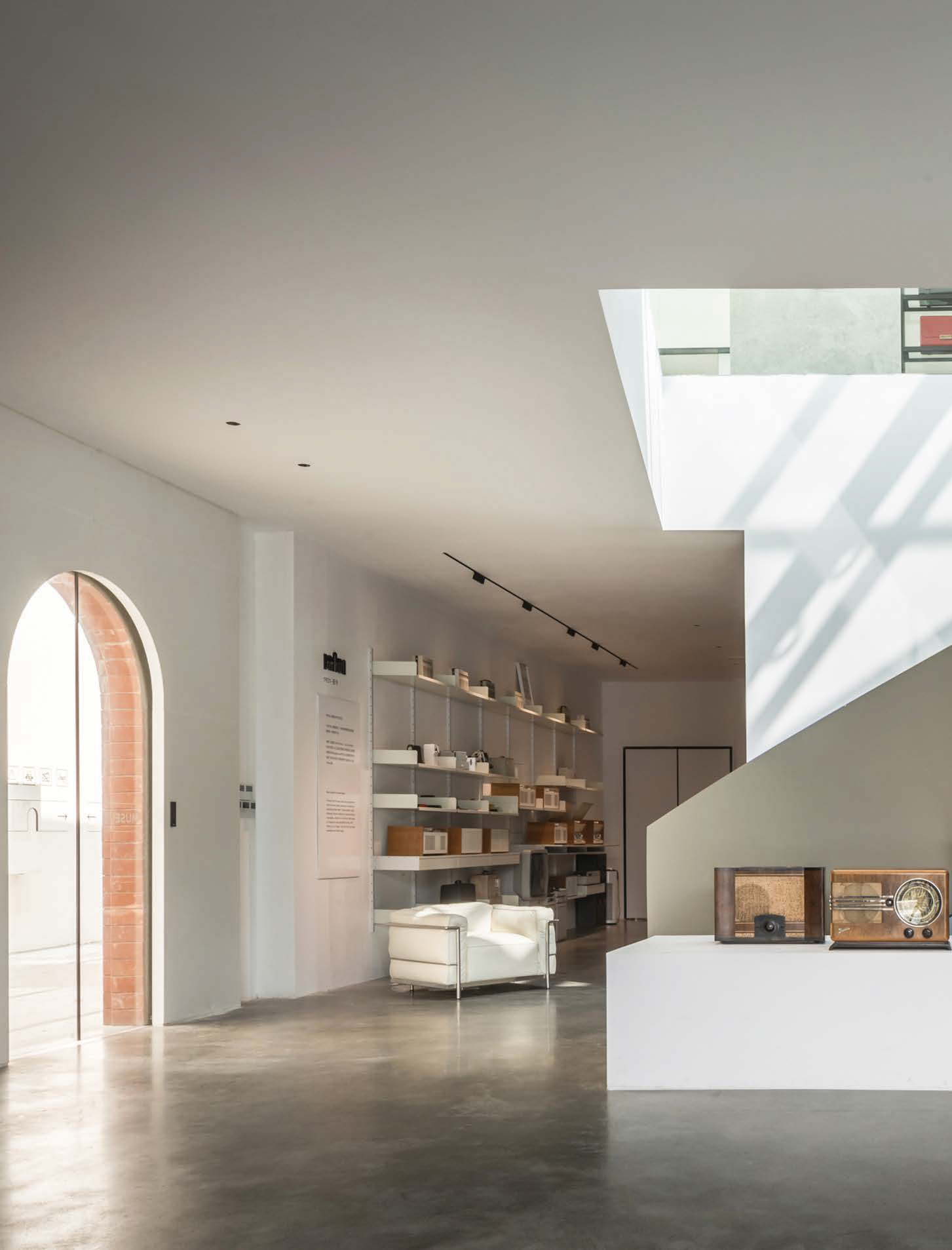

1800s
From the 18th century to the early 19th century, design evolved within profound social transformations. Ornamental arts harmoniously integrated with product forms, blending elegance with functionality. However, as the Industrial Revolution progressed, these designs increasingly diverged from the demands of mass production. Despite this transformation, upon close examination, they continued to embody the essence of craftsmanship and function.
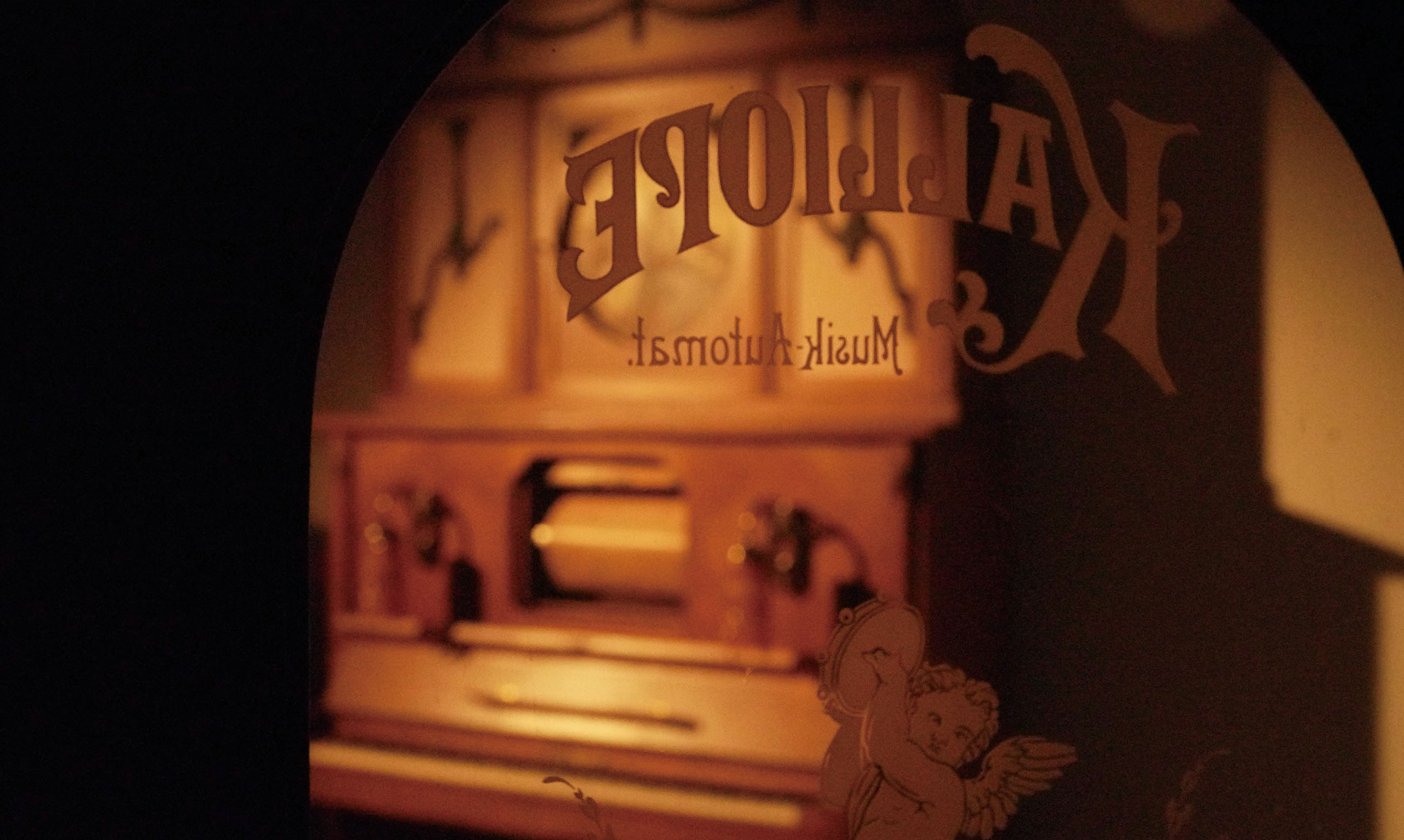
The significant technological advancements of the Industrial Revolution changed production in Europe and North America. Find out how Arts and Crafts artists faced the competition of mass production with craftsmanship.We can understand the germination of industrial design in the popular radio, radio and other products at that time.
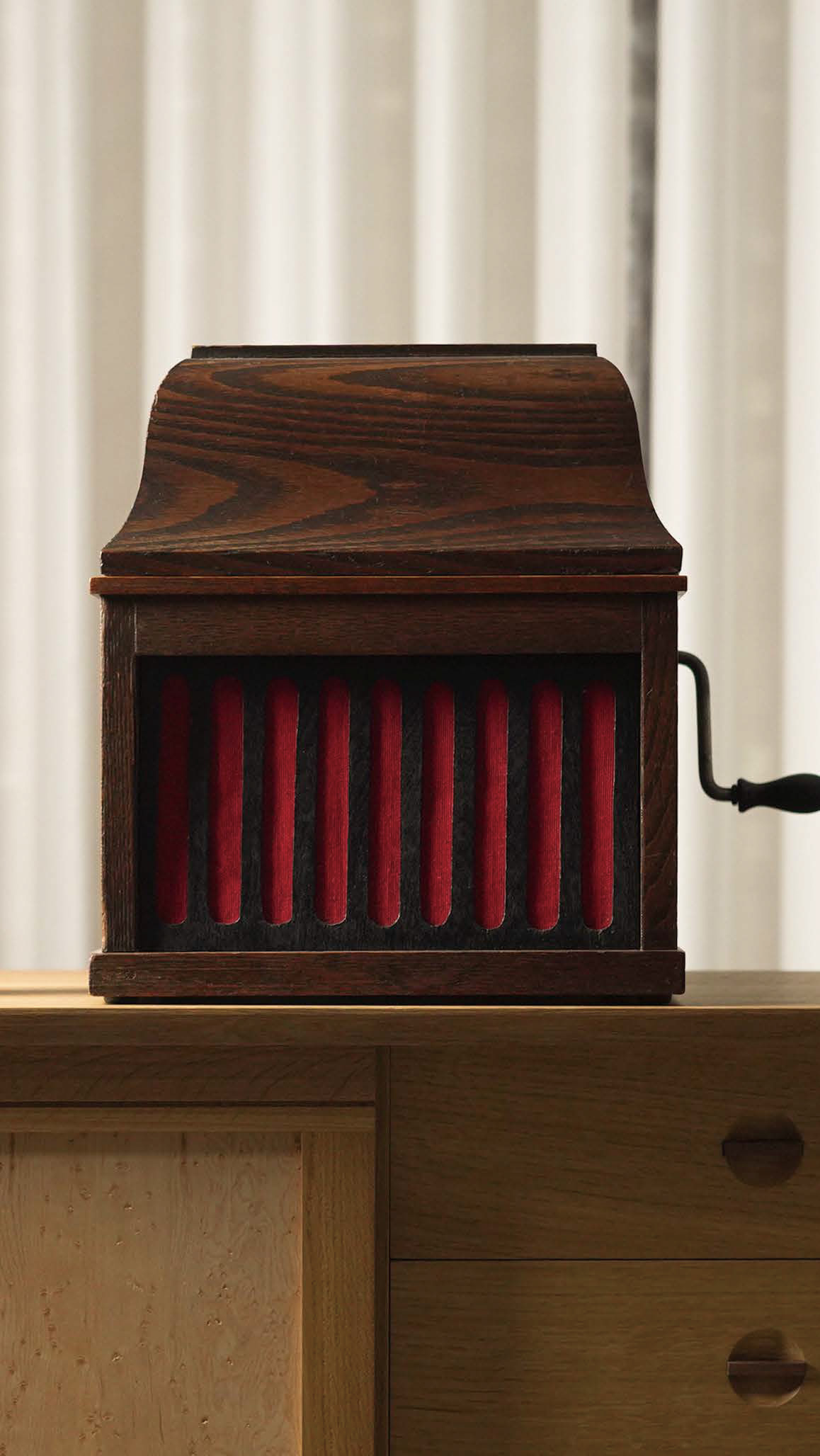 1915
1915Edison model 30 'AMBEROLA' phonograph
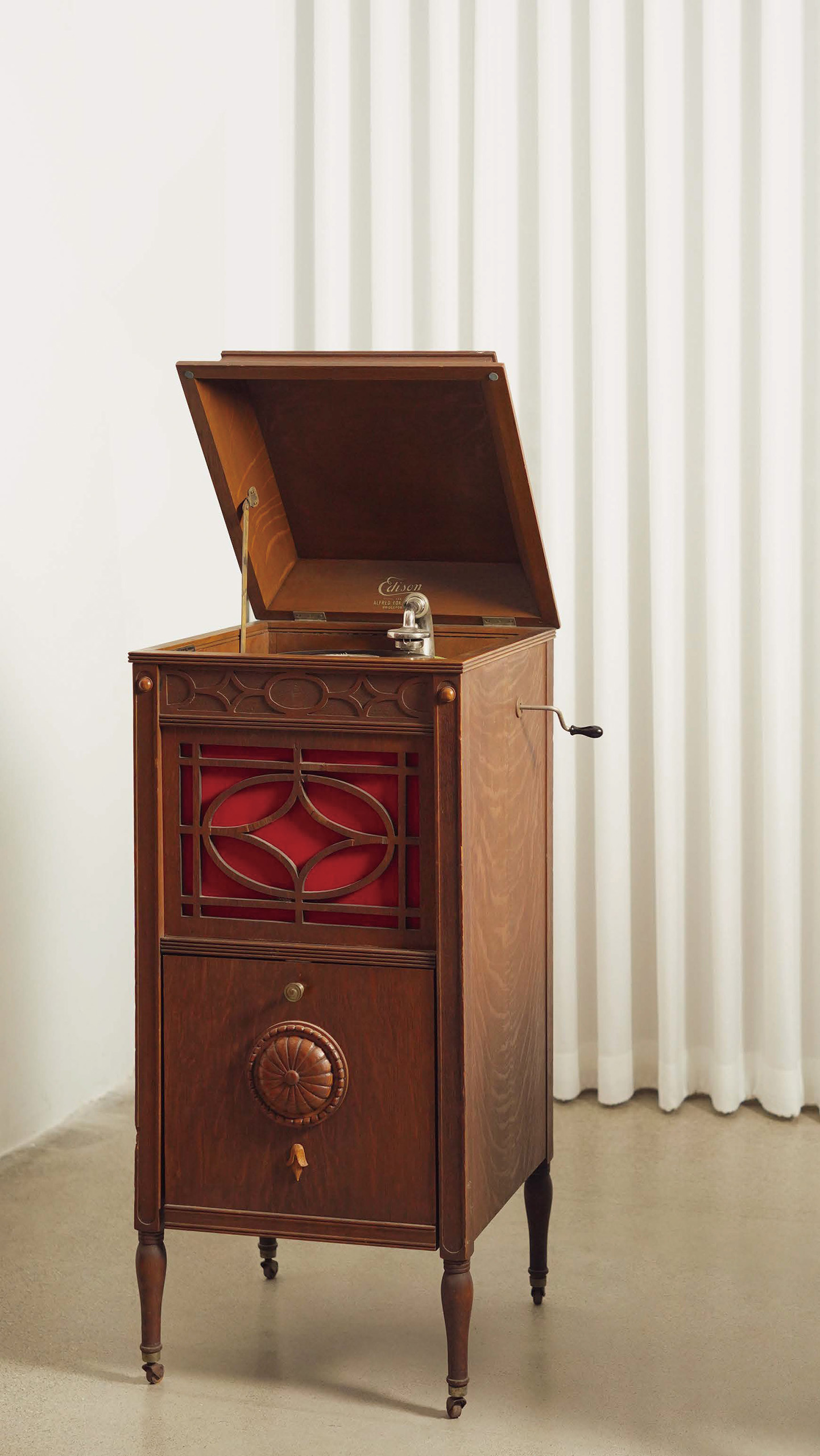 1920
1920Edison C150 Diamond Disc Phonograph
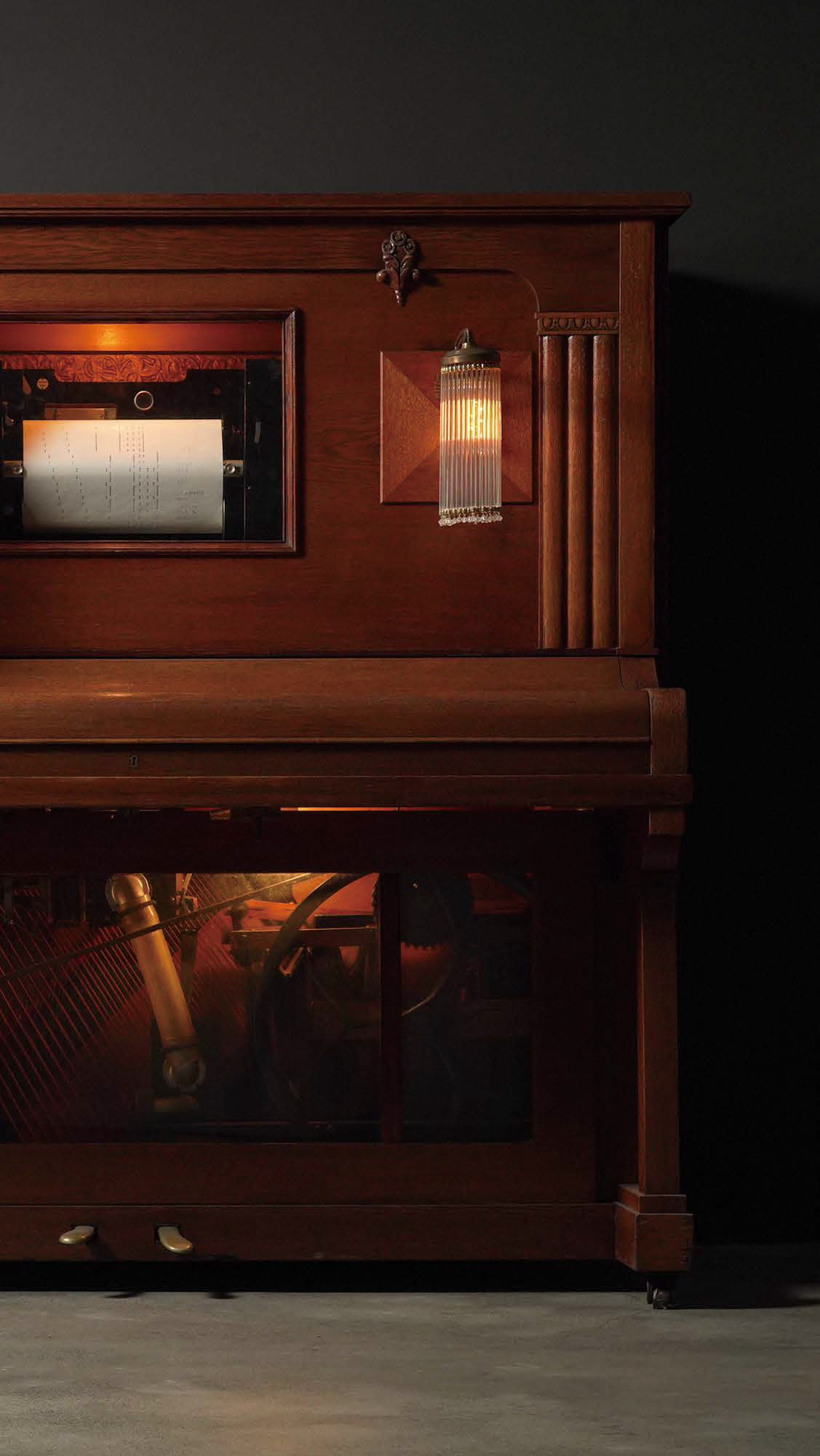 1915
1915Hupfeld Piano. player piano.German
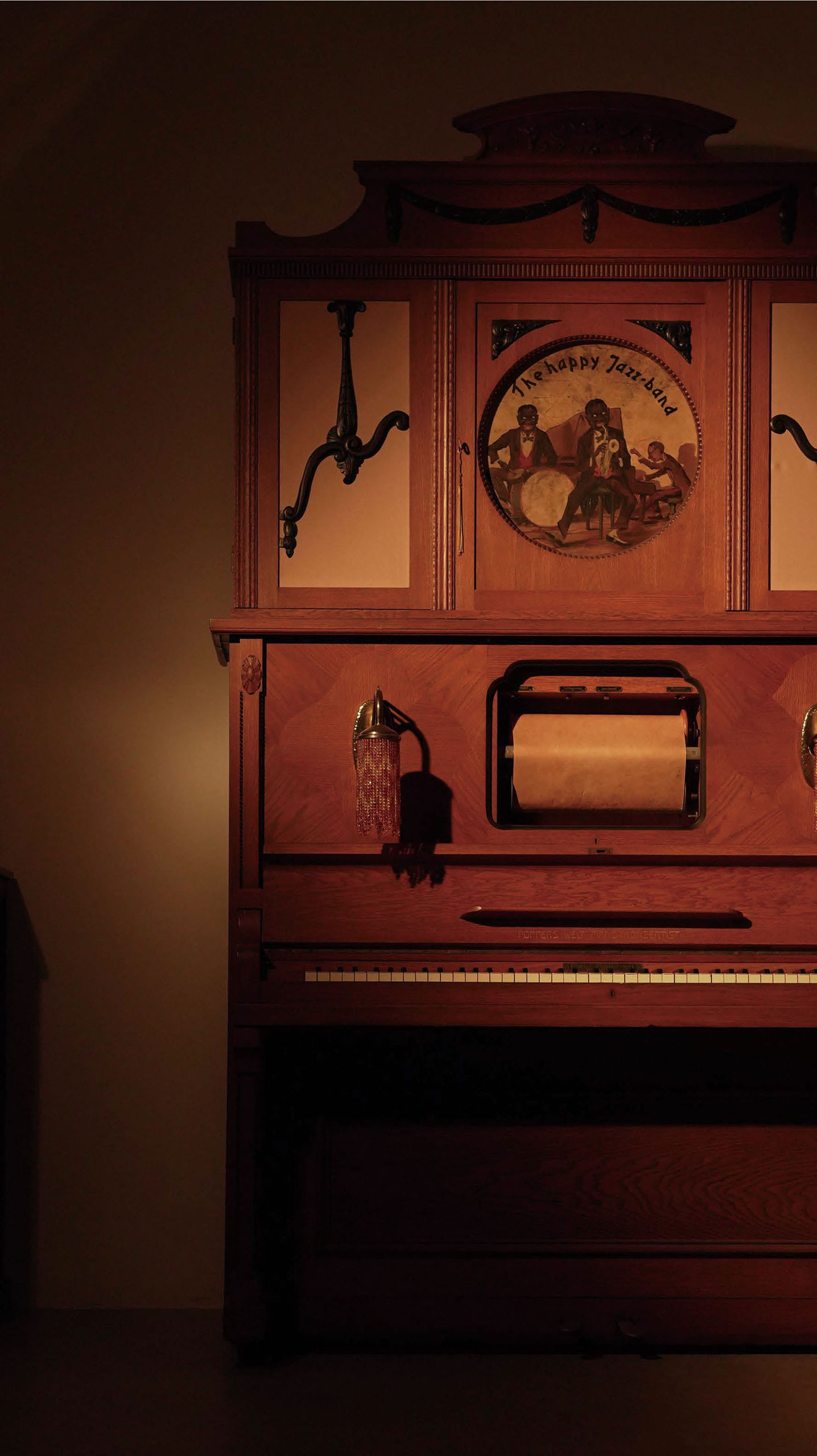 1926
1926POPER HAPPY JAZZ Orchestrion
 1926
1926Freed-Eisemann Radio NR-20
 1926
1926Ingelen Geographic US538W
1900—1950
The Industrial Revolution infused tremendous energy into society, with factories gradually replacing traditional workshops.
Industries such as automobiles and imaging saw remarkable growth during this period.
Amid this industrial boom, the seeds of product design innovation began to take root, laying the groundwork for future advancements in design.
